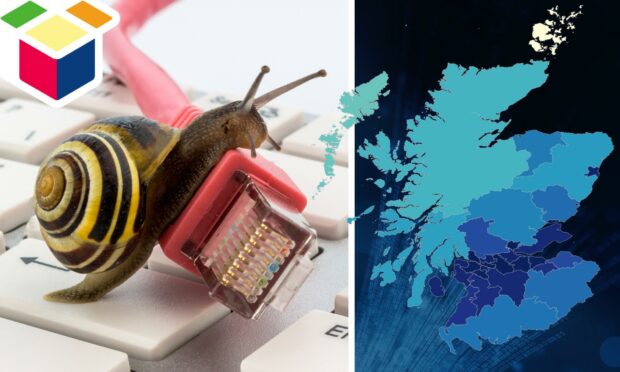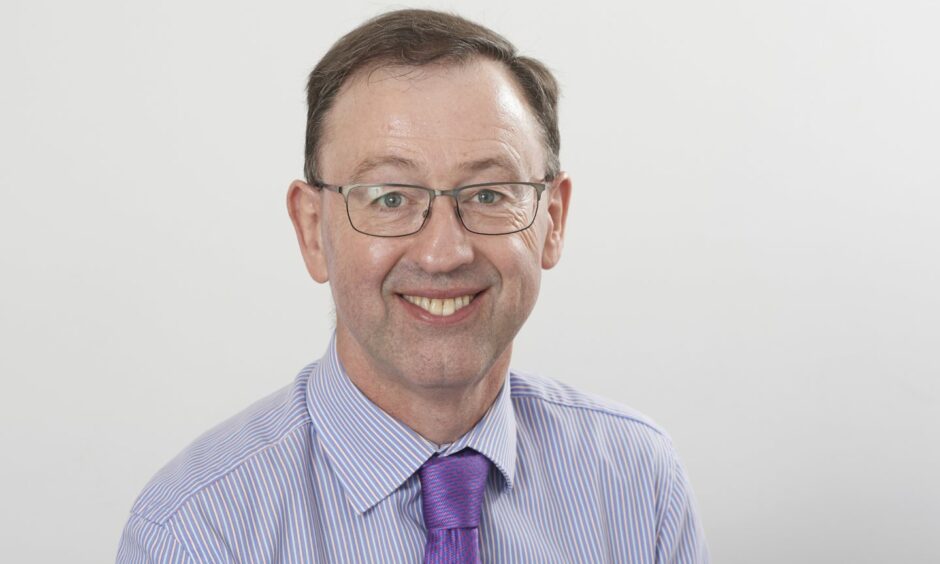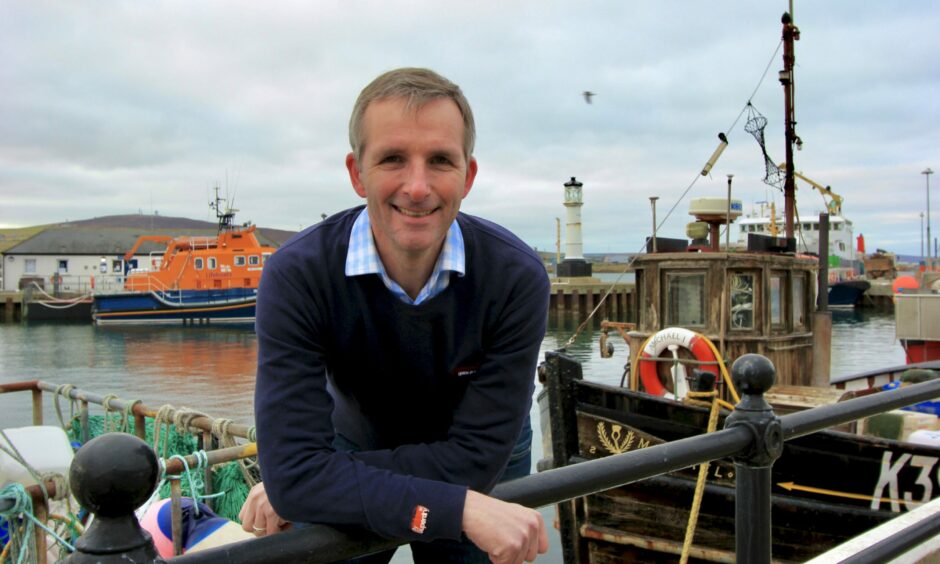Broadband speed, or the lack thereof, will be a consideration for voters in the upcoming council elections.
With more people working from home in the wake of the pandemic, reliable fast broadband is more important than ever.
However, current figures from the thinkbroadband website show that despite government investment, many places in rural areas are still without superfast broadband.
The national figure shows that the whole of Scotland has 94.9% superfast coverage.
But looking at our rural north council areas, the coverage drops quite considerably.
In the Highland Council region, only 82.6% of the area has superfast broadband.
This is a considerably better figure than for the Orkney Islands, where only 66.1% has a superfast service.
Meanwhile, Argyll and Bute has 84.9% superfast broadband coverage. Its neighbouring Western Isles Council is at 80%.
In Moray, 88.3% of the area enjoys superfast coverage while Shetland Isles, the most remote council, only has 75.3% of coverage.
Service varies within council areas too, with some parts of the Highlands, such as Inverness city centre, enjoying a CityFibre service, capable of speeds of up to 1,000 Mbps.
Meanwhile, 3.9% of the area struggles by on download speeds below 2Mbps.
And 11.21% of properties in the Highlands have download speeds below 10 Mbps.
Stewart Nicol, chief executive of Inverness Chamber of Commerce, said: “Inverness has started the gigabit city project, so a lot of the city has gigabit fibre now. That is rolling out and is starting to transform internet connectivity for businesses and for everyone else.
“It gives everybody the opportunity to connect to trading globally and to do all that’s necessary.
“Working from home is now extremely easy if you have got it.
“With the rollout of gigabit fibre across the city we are seeing the power and potential to transform the working environment.
“It gives people the ability to download and upload massive files and allows people to carry out their craft from anywhere in the world.
“We have it in our office in the city centre and I was fortunate that it was installed in my home area of the city in the north-west fairly early on. It is extremely helpful for working from home.”
Poor broadband still a major issue
He added: “Poor broadband speeds are still a major issue in some parts of the Highlands.
“There has been a significant failure to meet the timescale of the R100 programme. It was put in place by the Scottish Government to get every last property connected to the broadband circuit. There are still a lot of areas that don’t have significant broadband.”
The UK Government defines superfast broadband as download speeds of at least 24 megabits per second (Mbps), while Ofcom (the UK telecoms regulator), the Scottish Government and the EU define it as 30Mbps.
Liam McArthur is MSP for Orkney, where almost half of the population is without a superfast service.
He said: “The Scottish Government have failed by some margin on their promise to deliver superfast broadband coverage to 100% of households and businesses by 2021.
“Nowhere is this more acutely felt than in Orkney where we have witnessed a rollout behind the curve with coverage lower and speeds slower than anywhere else in the country.
“The pandemic has brought into sharp focus the extent to which this is holding our community back.
“The voucher scheme, which was designed to help ‘plug the gaps’, has scarcely helped.
“Overall, take up of the vouchers has been pitifully low, around 2% of eligible properties.
“However, there is little evidence of the Scottish Government targeting communities with the poorest broadband.
Digital connections are vital
“Ultimately, these digital connections are vital for the future sustainability and ambitions of our islands. Islanders are tired of the endless promises and excuses.
“They want and deserve to see delivery now.”
A Scottish Government spokesman said: “Excellent progress has been made in delivering complex digital infrastructure projects, including the highly successful Digital Scotland Superfast Broadband programme.
“The Scottish Government has connected nearly a million premises to faster broadband through public sector investment worth an estimated £311m.
“The £600m Reaching 100% (R100) contracts will deliver connections to more than 112,000 properties across Scotland.
“The vast majority of these connections will be full fibre and gigabit-capable – capable of delivering speeds more than 30 times faster than our original superfast aim.
The UK government has invested over £33m into the R100 scheme.
A spokesman said: “The UK Government spent £100m connecting 740,000 premises in Scotland to superfast broadband which is more than enough for people to work from home, keep entertained and stay in touch with family and friends.
“Now we’re focused on making sure rural areas don’t miss out on even faster gigabit speeds. Our record £5billion Project Gigabit will connect thousands more hard to reach homes and businesses in Scotland that the R100 programme and commercial providers can’t cover.”
What is considered a ‘decent’ connection?
Ofcom and the UK Government consider that a “decent” broadband connection for typical home usage is one capable of delivering a download speed of at least 10Mbps and an upload speed of at least 1Mbps.
These speeds currently allow multiple users to use the internet at the same time, including web browsing, video streaming, video calling and gaming.
Ofcom states that these speeds will need to increase over time, and it will review them when 75% of UK premises have taken up superfast broadband.












